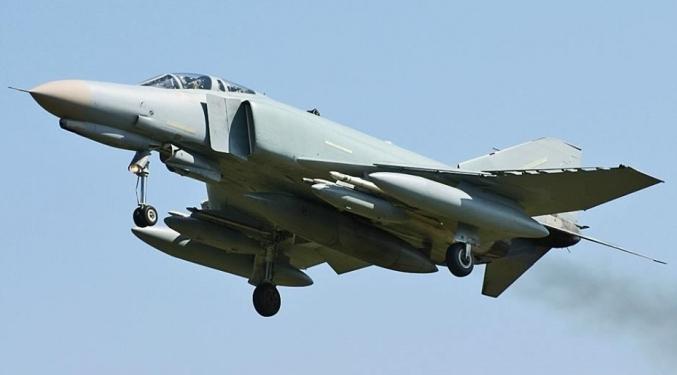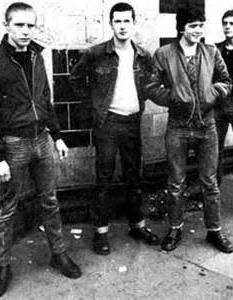Those born in the first half of the sixties do not need to explain what Phantom is. They collected parcels at the school with toys, notebooks and pencils for Vietnamese children. They regularly saw on television screens, still black and white, the predatory silhouettes of long-nosed planes with white stars on the fuselages and wings dropping bombs down into the jungle, from where the tracing dash lines of anti-aircraft guns flashed the sky. Announcers sometimes reported how many American planes were shot down by air defense forces in North Vietnam over the past day.

In the courtyards and in the gates, the boys sang to the guitar, mainly about unhappy love with passionate intonations in their voices. But there was one song, unlike all the others. She sang on behalf of the pilot, and not ours, but the American, which made her especially attractive against the backdrop of military-patriotic pathos, characteristic of the then-celebrated concerts. She was about the Phantom. The song was performed at an accelerated, rock'n'roll pace, in a minor, which gave it some kind of "enemy" sound. A special chic was in a foreign nasty voice. The young people of that time, and especially American performers, listened a little, each disc brought "from there" became an event in the city. Teachers taught that rock music is terrible, and its main distinguishing feature is a constant heart-rending cry.

English was taught at school, and from the dictionaries the younger generation learned what a phantom is. This is a ghost. For a military aircraft, the name is appropriate, it is a pity that we do not have such a tradition of giving names to interceptors and bombers.
In general, the song was popular, and due to the lack of originals, it successfully replaced Western rock music. And the youth always loved to shout. The topic was not new. The previous generation, growing up in the fifties, sang about “sixteen tons, a dangerous load”, which the pilot of the “flying fortress” nevertheless undertook to carry, although he was afraid to “bomb the Korean town”. This poetic masterpiece of an unknown author was performed on the motive of the song Merle Travis with the same name.
There was also the “Song of American Pilots” by Alexander Gorodnitsky, but it was available to an even lesser extent than the recordings of Western performers or Vladimir Vysotsky.
The old courtyard song was reborn thanks to the rock group Chizh and Kompaniya, which recalled what Phantom is. The text has remained almost unchanged, unless, of course, if you take into account the countless variations that arose in the late sixties and early seventies at almost every performance. The pilot then ran along the scorched earth, then just walked along the runway. The voices of Russian military advisers were sometimes heard in a helmet, and sometimes in a headset. But it didn’t matter. The Chizhevsky version can be considered optimized, and its arrangement perfectly conveys the atmosphere of the time in which the song was created.
There is, however, an inaccuracy in the text that makes one doubt the version according to which the song was composed by a Soviet pilot who fought in Vietnam for the Communists. Apparently, the unknown author had little idea what the Phantom F-4 was, and what were its main technical characteristics. The text does not say anything about the fate of the second crew member. In addition to the pilot, an officer-operator of weapons was to be in the cockpit. If he died, then why is nothing said about this? And if he survived, then why is only the pilot captured? A real pilot would certainly mention his friend, albeit imaginary, in the lyrics, “Phantom” - a two-seater.
And everything else seems to be quite plausible.